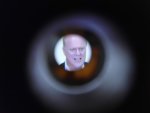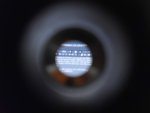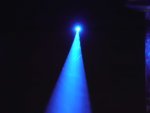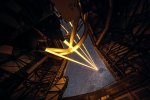Alaskan
0
- Joined
- Jan 29, 2014
- Messages
- 12,031
- Points
- 113
There is a China manufacturer for large diameter PCX lenses which they specify for magnification use, with an accuracy of 1/2 lambda. Can someone tell me if we are limited to 1/4 accuracy (or greater) with lasers, or whether a lens with half wave accuracy is useful as a beam expander without too much distortion? I'm seeing some optic manufacturers specify lambda/10 ($$$).
Here's their web site, but for the life of me I cannot seem to dig that spec out anywhere now, maybe I'm remembering some other manufacturers spec: Large Lens,Diameter 300mm To 600mm Spherical Optical Glass Plano Convex Lens For Optics Instruments,Bk7,K9,B270 - Buy Large Lens,Large Convex Lens,300mm Convex Lens Product on Alibaba.com
Chris
Here's their web site, but for the life of me I cannot seem to dig that spec out anywhere now, maybe I'm remembering some other manufacturers spec: Large Lens,Diameter 300mm To 600mm Spherical Optical Glass Plano Convex Lens For Optics Instruments,Bk7,K9,B270 - Buy Large Lens,Large Convex Lens,300mm Convex Lens Product on Alibaba.com
Chris
Last edited:















